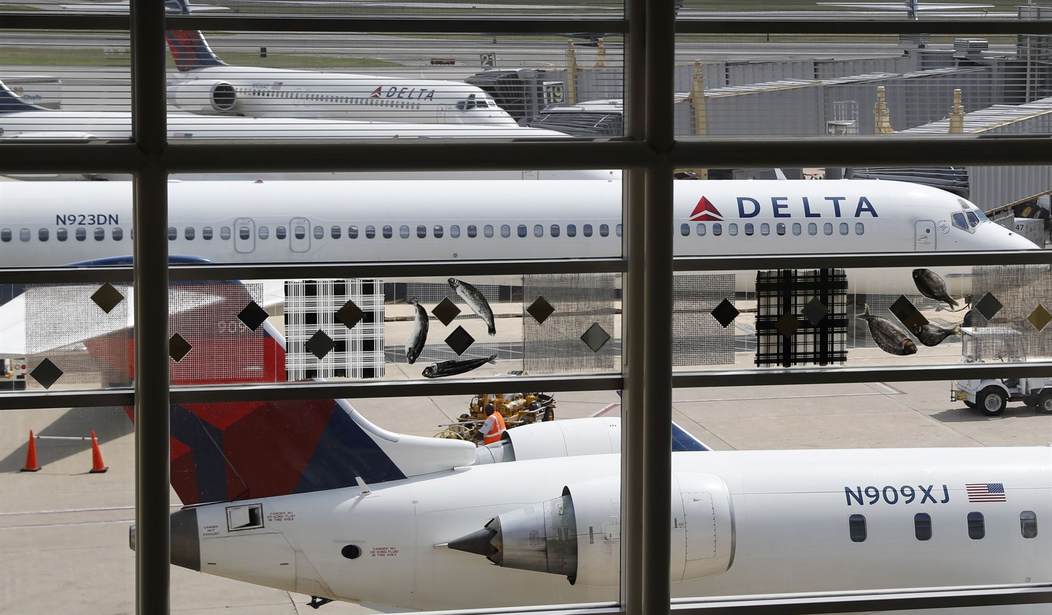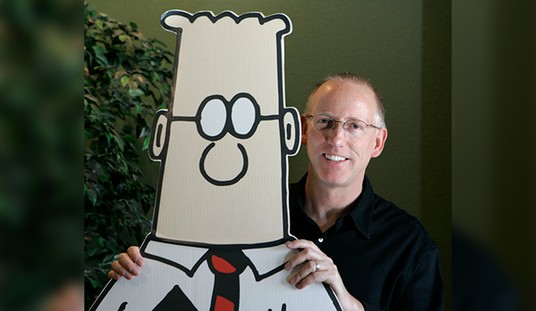During the Paris Air Show this week, there were any number of pressing topics that they could have addressed. Shrinking seat sizes and crazed passengers should have been near the top of the list. Near collisions on runways are also a concern. But that wasn’t the “hot topic” of the conference as described by the Associated Press. No, the serious issue that needs to be addressed is, of course, sustainability. Everyone seemed excited to discuss the level of greenhouse gases that jet fuel and the jet engines that burn it produce. Clearly, emergency action needs to be taken if they’re going to help save the planet, right? But the industry analysts in attendance were forced to throw some cold water on the common consensus. While they continue to work on ways to make the engines even more fuel efficient, going fully “green” may not even be possible. And if it is, air travel is going to cost more. We’re talking about a lot more.
When it comes to flying, going green may cost you more. And it’s going to take a while for the strategy to take off.
Sustainability was a hot topic this week at the Paris Air Show, the world’s largest event for the aviation industry, which faces increasing pressure to reduce the climate-changing greenhouse gases that aircraft spew.
Even the massive orders at the show got a emissions-reduction spin: Airlines and manufacturers said the new planes will be more fuel-efficient than the ones they replace.
Various “solutions” were discussed. Some wanted a push for more Sustainable Aircraft Fuel (SAF). That’s the fuel that’s made from things like used cooking oil and plant waste. But there is only a tiny amount of that produced each year (less than one-tenth of one percent of all jet fuel) and it’s outrageously expensive. The industry already blends it in with regular jet fuel, but that’s mostly just virtue signaling and does almost nothing to significantly reduce emissions.
But how about fully electric planes? That was brought up as well. There is work being done in this area, but the only true electric planes tend to be very lightweight affairs. The first electric commuter plane completed a test flight last year, but it only had room for nine passengers and seemed a bit on the “skimpy” side. It turns out that the massive batteries required to power such a craft and lift it up into the air are very heavy and take up a lot of space. Who knew?
“It’s a lot easier to pack a heavy battery into a vehicle if you don’t have to lift it off the ground,” said Gernot Wagner, a climate economist at New York University.
To get around the fuel issues, some airlines have been claiming to meet their carbon limit goals by purchasing “carbon offsets” from the government and just doing business as they’ve always done. Delta Airlines is currently being sued for claiming to be the first “carbon-neutral airline” by using these tricks.
Whether it’s carbon offsets, wildly expensive “sustainable” fuel, or massive leaps in battery technology, all of this is going to cost a lot of money. Would you like to take a guess who will wind up paying for all of this? If you answered, ‘the flying public,’ give yourself a cookie. Just make sure the cookie wasn’t baked in a gas stove.








Join the conversation as a VIP Member